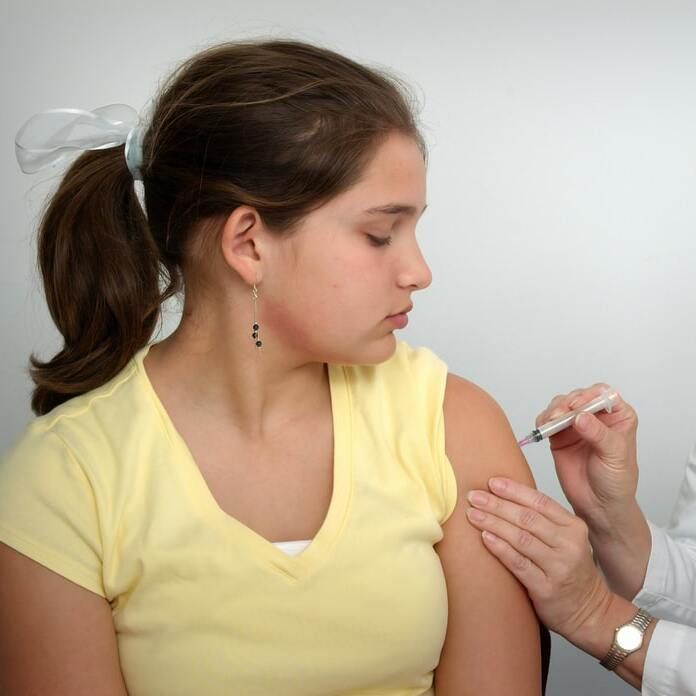Safety, Efficacy of Hepatitis A Vaccinations Consistent Across Weight Groups
A recent study reports that obese patients experienced high immunogenicity compared with those of normal weight.

Findings from a new study showed that a live attenuated Hepatitis A virus (HAV) vaccine is safe in persons of all weight categories—including obese.
Results indicated the vaccine has comparably high immunogenicity in those who are both underweight/normal weight and overweight/obese.
“Presently, there is a trend to use the live HAV vaccine variant because it involves a single dose,” wrote the investigators.
However, they acknowledged that there has been limited immunogenicity data evaluating this specific vaccine variant in obese populations.
Therefore, in order to fill this research gap, the team, led by Termpong Dumrisilp, MD, King Chulalongkorn Memorial Hospital, Chulalongkorn University, Thailand, conducted a cohort study among children and young adults.
The study was conducted between November 2019 – February 2020.
Live Attenuated HAV Vaccine in Obese Populations
Dumrisilp and colleagues enrolled a total of 212 patients, of which 95 were considered obese according to the BMI guidelines of the World Health Organization (WHO) Child Growth Standards (for participants aged 7-18 years) and the WHO standards for Asian populations (≥19 years old).
They excluded individuals with underlying immunodeficiency diseases, who were previously immunized with an HAV vaccine, or who had a seropositive (anti-HAV ≥ 20 mIU/mL) blood sample.
At the study outset, patients were vaccinated with 0.5 mL of MEVAC-A, an H2 strain, freeze dried, live vaccine.
The investigators collected blood samples prior to and following injections and measured the levels of the anti-HAV antibodies. The considered an anti-HAV IgG ≥20 mIU/mL to be seroprotective.
Additionally, they evaluated safety on the basis of observed or reported adverse events. Patients were observed closely 1-hour post-vaccination followed by telephone calls with a standardized questionnaire at day 3.
Thus, the investigators reported that 100% of non-obese and obese patients were seroprotective after a single dose.
The non-obese group achieved a post-vaccination anti-HAV geometric mean titer (GMT) of 429.51 mIU/mL (95% CI, 401.97-458.94)—compared with 467.45 mIU/mL (95% CI, 424.47-514.79; P = .142) in the obese group. There were no noted significant differences among ages.
However, at 8–9 weeks post-vaccination, there were significantly higher antibody titer responses for female subjects (P = .013) and individuals with truncal obesity (P = .002).
Among 234 phone call respondents, 106 adverse events were reported, including myalgia (15.38%), headache, (12.82%), fever (11.11%), swelling and pain at the injection site (4.27%), and abdominal discomfort (1.71%). There was no observed difference in rates of events between the non-obese and obese groups.
The team reported no serious adverse patients during the study.
Conclusions
The investigators acknowledged the potential to evaluate the long-term persistence of immunogenicity among these patients as well as short-term protectivity efficacy during imminent viral outbreaks.
“A single vaccination using the live attenuated hepatitis A vaccine is safe and highly immunogenic in both underweight/normal weight and overweight/obese subjects during the short-term follow-up,” the investigators concluded.
“Truncal obesity and female gender are factors associated with better immune response, whereas there are no differences in anti-HAV titers between non-obese versus obese groups or between children versus young adults,” they wrote.
The study, "Impact of Obesity and Being Overweight on the Immunogenicity to Live Attenuated Hepatitis A Vaccine in Children and Young Adults," was published online in Vaccines.